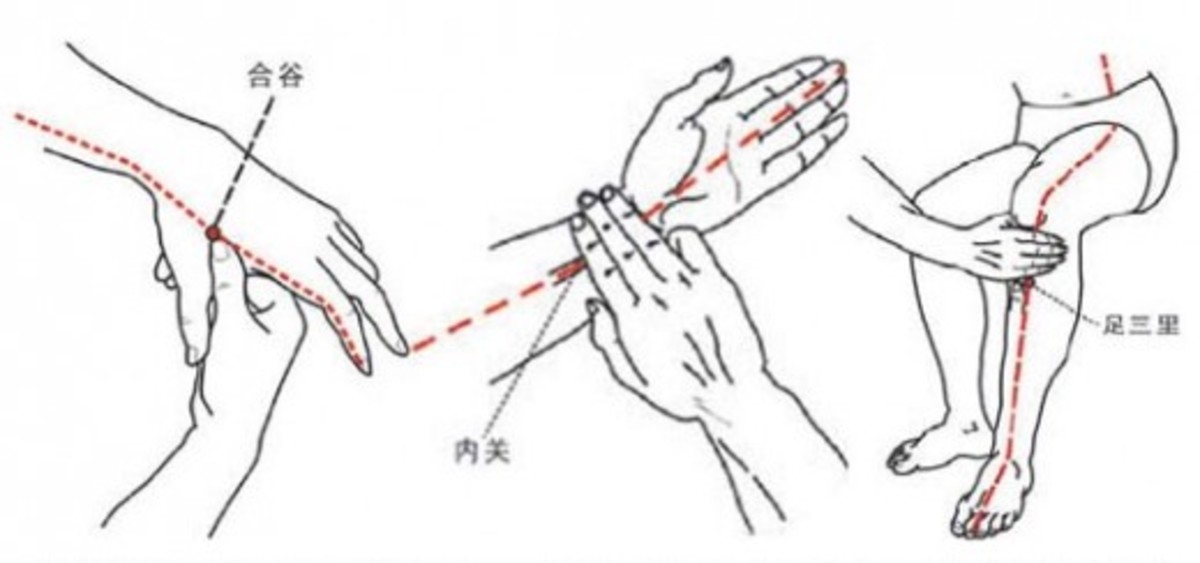What are the Fundamental Principles of Strength Training?
Looking to Start a Strength Training Routine?
The article Looking to Start a Strength Training Routine? (https://caloriebee.com/workout-routines/Looking-to-Start-a-Strength-Training-Program) outlined some basic concepts and terms used in strength training. Included in those concepts was individual fitness goal setting and identifying different strength-training programs which focus on building muscular endurance, strength, power, or size. Matching your goals with the proper type of strength training in addition to sound record keeping will be essential to achieving your fitness goals.
Strength training is a science with methodologies and variables. Once your goals are established its time to look at the basic principles that should be followed to develop a strength and conditioning program designed to help achieve your objectives. You will want to do specific things which depend on the goals of the training program. This article will present accepted training principles which are common to strength building activities.

Fundamental Principles of Strength Training
There are some important, scientific principles involved in strength training and when followed help practitioners train in the most effective fashion. The five training principles are:
- Exercise Selection;
- Frequency;
- Intensity and Volume;
- Order of Exercises;
- Rest.

Exercise Selection
When selecting exercises for a strength training routine, several items need to be considered:
- Available equipment and facilities;
- Current level of conditioning and experience;
- Individual strength training goals;
- Time available for training.
Several other fundamentals should be considered as well. One should include exercises that maintain muscle balance around joints of the body. This is not a muscle-building issue; rather it is a desire to maintain joints’ stability and strength. A common technique used for this purpose is known as the “push-pull principle”. For every “push” exercise conducted around a joint a “pull” exercise should also be included in the regimen. For example; when considering the elbow joint, coupling triceps push-downs (a push technique) with barbell curls (a pull exercise) would satisfy the “push-pull principle”.
To get the most out of available training time and work the body as a system, aim to incorporate compound movements in the strength training routine. Compound exercises are multi-joint
movements that work several joints at the same time. Most human movements require several joints to act in unison. Compound movements require the coordination of the several body parts and as such train the body to function as a system.
Equipment and facilities available will have a significant impact on exercise selection. When available, aim to training using free weights. Free weight exercises are conducted using dumbbells and/or barbells in which exercise movement is not restricted by a specific pattern common to exercise machines. Besides building muscle, training with free weights will also help develop overall balance and stability which will not be improved when using machines which provide balance and stability for you.
Adding a variety of exercises in strength training routines helps reduce boredom and promotes overall development and strength gains. For most body parts, there are a variety of exercises to choose from when designing workout plans. For example; chest exercises include the bench press, flyes, inclined bench press as well as push-ups. Including all will help to best develop the chest muscle while keeping your training routine fresh.
Basic Strength Training Terminology
view quiz statistics
Frequency
The frequency of strength training sessions should be based on several factors including:
- Level of conditioning;
- Program structure;
- Training goals;
- Other physical activities.
It is important for you to assess your level of fitness and determine if you are a beginner, intermediate, or at an advanced level in regards to strength training. This assessment will determine your tolerance for training stress and need for recovery between workouts.
In general, three of strength training workouts per week are recommended for those beginning a strength-training program. As your training progresses and your fitness level improves, it is possible to increase the frequency of training to four or more sessions per week.
Training frequency is often adjusted to allow more rest between workouts when regularly using maximal or near-maximal training loads. Another option is to alternate between “heavy” and “light” strength training sessions.

Intensity and Volume
The human body can only perform several repetitions at a high intensity before it comes to a point of muscle failure. Fatigue will limit the volume of work that you can actually accomplish in a training session.
There are numerous methods you can use when strength training. Two basic methods, the multiple set and the single set, have been reviewed many times over. The first method includes performing several sets of an exercise at a moderate to high intensity level. The second is done by performing one set at a very high intensity level, typically working the muscles “to failure” or until fatigue makes it impossible to lift the weights any more. Most, if not all, strength and conditioning coaches support the benefits of multiple-set training over a single-set to failure workout.
Basic Strength Training Terminology
view quiz statisticsOrder of Exercises
Once exercises have been selected, they must be organized to maximize the effectiveness of individual workouts and the training routine as a whole. Some general guidelines will help will in designing exercise order during workouts:
- Conduct a general warm-up prior to working out;
- Conduct a specific warm-up for each movement during the workout;
- Train large muscles before training smaller muscles;
- Perform compound movements prior to isolation (single-joint) exercises.
A general warm-up is conducted prior to a daily workout in order to prepare the entire body for all activities which follow. A specific warm-up is executed during the daily workout. Specific warm-up up exercises will mimic targeted activities which should receive extra attention. During weight training sessions, the poundage utilized will start relatively light and gradually increase in order for muscles to adjust to the load being lifted.
In general, order exercises during a workout from large muscle group exercises to smaller. Larger muscles require greater effort from the body and it is best to train them when you are not fatigued. For example, if one intends to perform a biceps, chest and leg exercise during a workout, order them in the following sequence; squats (leg exercise), bench press (chest exercise) followed by barbell curls (biceps exercise).
Perform compound exercises prior to isolation exercises. Compound movements train your body as a system while isolation movements focus on a single joint and muscle group. It is important to perform the compound exercises first when your strength and power capabilities are not diminished. The ability to perform a compound exercises relies on all muscles involved and by how much the muscles are fatigued at each of the joints. If an isolation exercise is performed first in a workout, certain muscled used in the compound movement may be fatigued and limit the effectiveness of the compound movement. If training to improve your “weakest link”, train the body as a whole first and the “weakest link” last.

Rest
There are two occasions when rest is important for strength training; between sets during a workout, and between training sessions.
Rest between sets is necessary to restore the energy levels within the muscles and for the body to recover from strenuous activity. Muscles become fatigued and depleted of the local energy sources which they need to continue to train vigorously. A general rule is that the more intense the training, the more time one needs to take between sets to allow for the muscles to recover. For high intensity lifts take up to five minutes to recover before starting the next set.
Strength training causes damage to muscles and stresses the systems of the body. Rest between workouts is necessary to allow the body to rebuild worn muscles and recover from the stresses that were placed on the body. There are several rules of thumb that should be considered when scheduling workouts and the amount of rest to be taken between training sessions:
- Do not train the same muscle groups on consecutive days. Take at least forty-eight hours between training sessions that involves the same muscle groups.
- Smaller muscle groups require forty-eight hours between workouts sessions for rest and recovery.
- Larger muscle groups, like the legs, require more time to recover between workouts. Allow seventy-two hours between training sessions that involve large muscles.
- After high-intensity workouts, take seventy-two hours before training that muscle group again.

Training Progression
All new strength training participants should begin at basic level and progress systematically over time. If you have no experience strength training, begin with four or five basic exercises three times per week. Each exercise should be performed for two or three sets of eight to twelve repetitions. This is a relatively low intensity and low volume program. As one improves and gains experience, options include adding additional training days, increasing volume or intensity and beginning to train specifically for bodybuilding, endurance, power, or strength.
Design Your Own Program
This article identified the basic principles of strength training and introduced the fundamentals for designing your own strength training program. While developing your strength program remember to consider:
- Matching your training with your goals;
- Balancing workout frequency with sufficient rest;
- Exercise selection and order of exercises within workouts;
- Honestly evaluate your physical fitness level;
- Train progressively keeping in mind your current state of conditioning and fitness goals.
Both physical appearance and performance can be enhanced by improving one's endurance, power and strength through a well-designed strength training program. Once designed, consistency and persistence in executing your program will be the keys to success in achieving your fitness goals.
Looking for more health and fitness ideas? Check out my profile page where you'll find a selection of articles covering topics from body composition, workout plans and sports conditioning. Comments are always welcome.
Until next time; be healthy and get strong!








